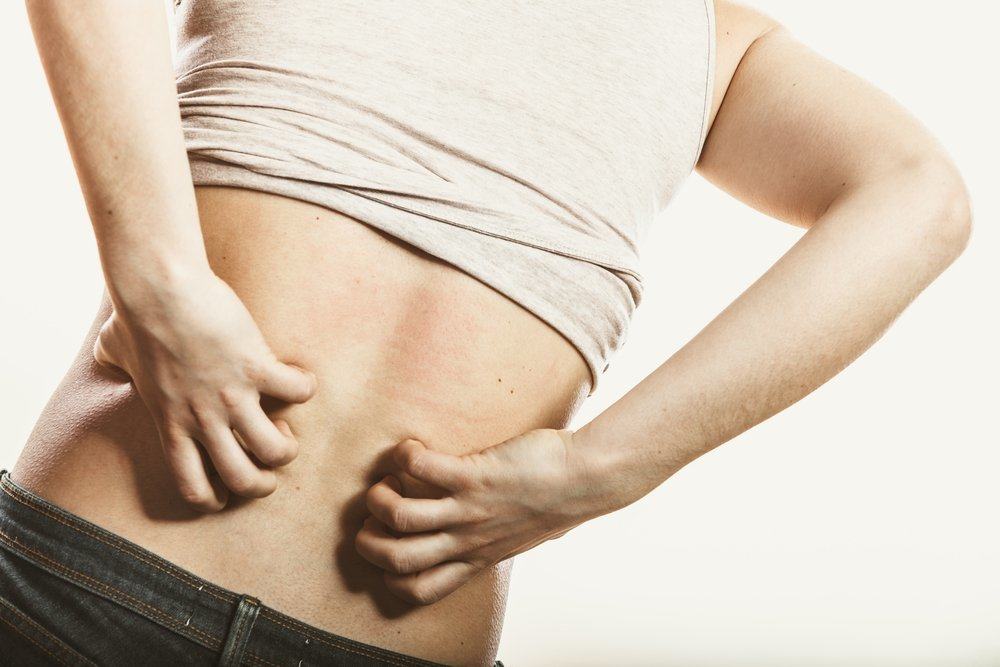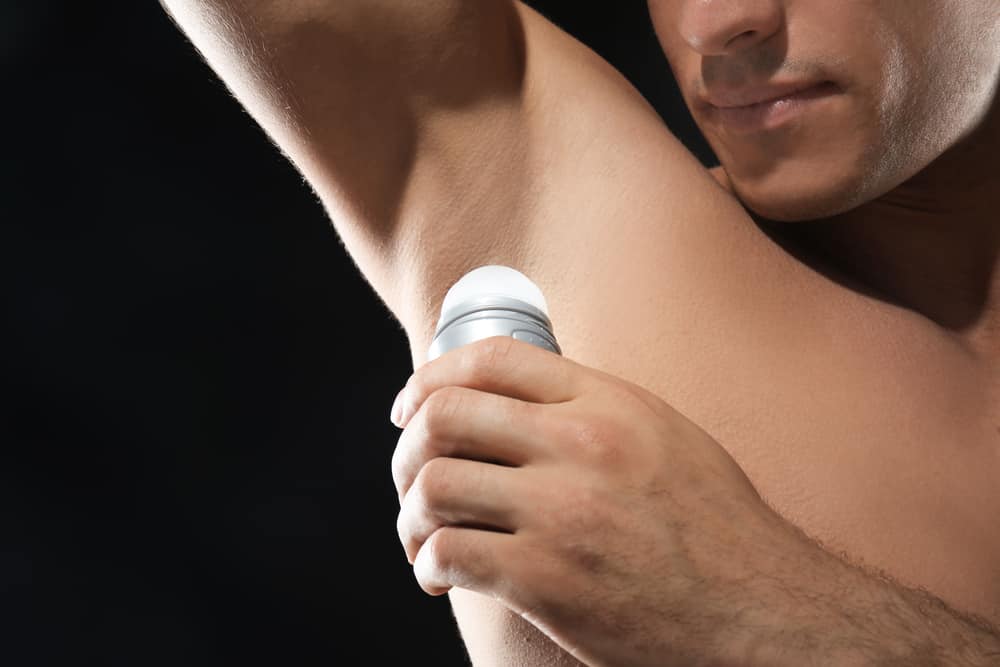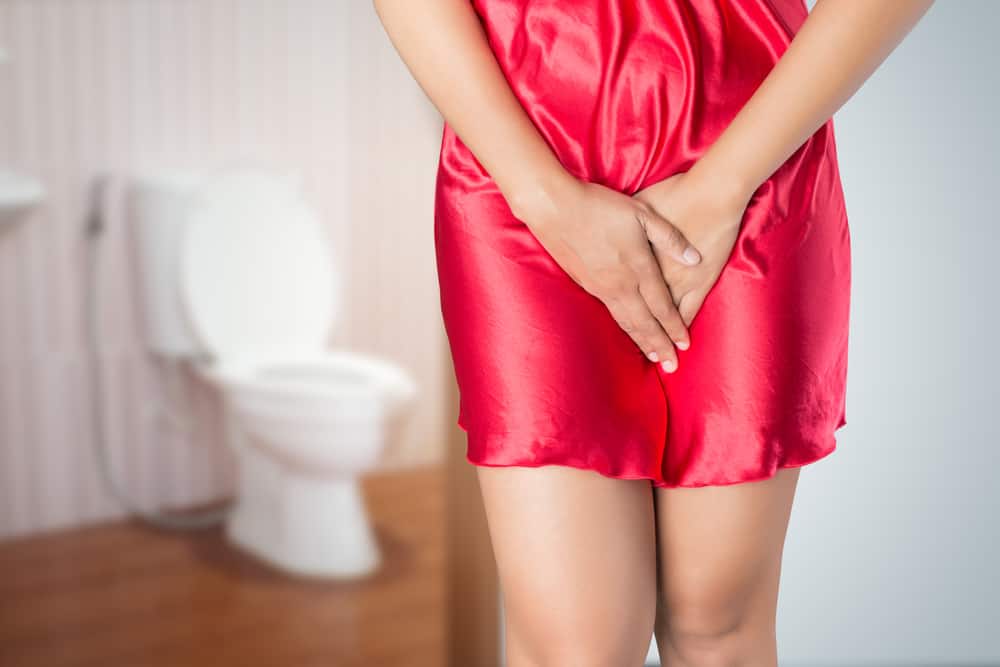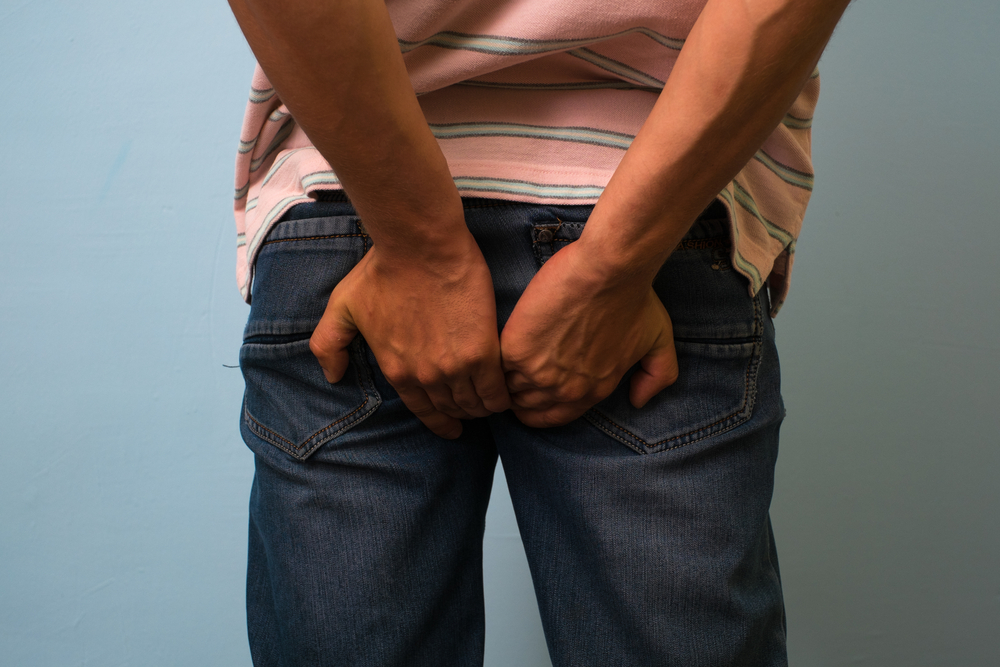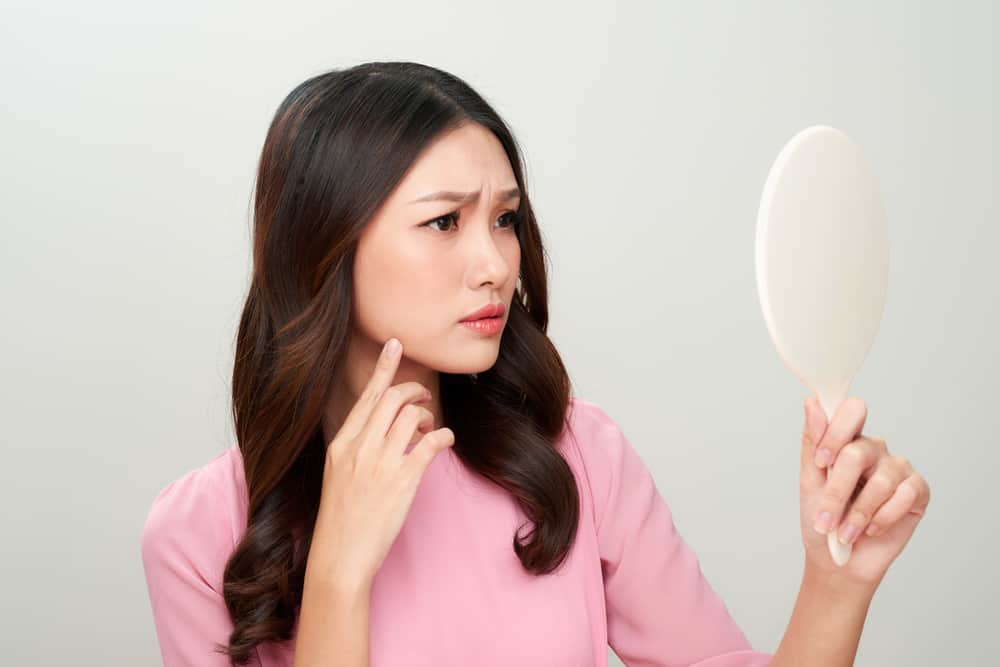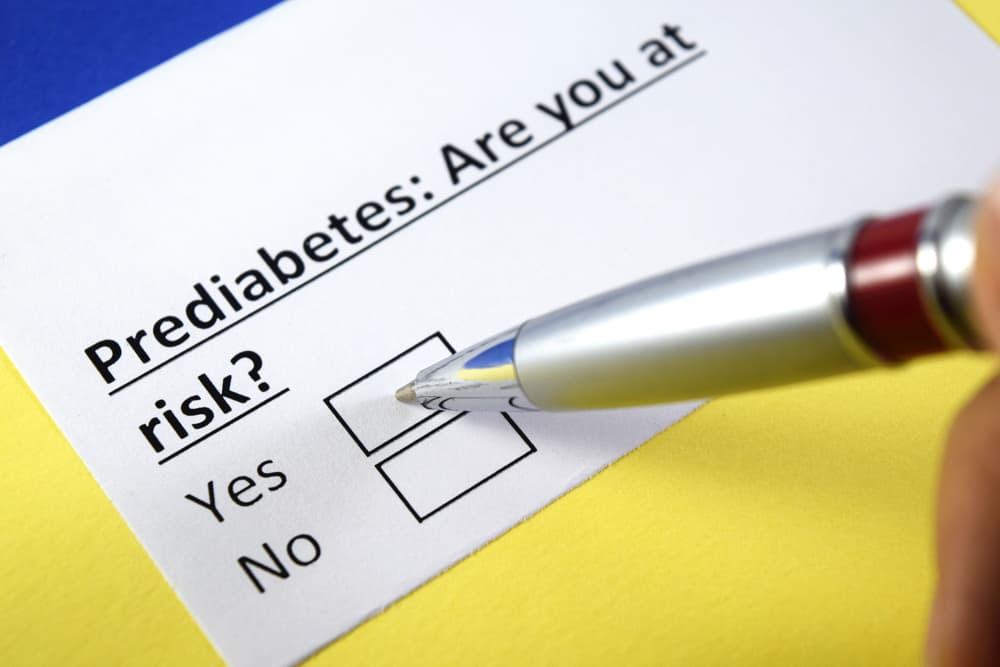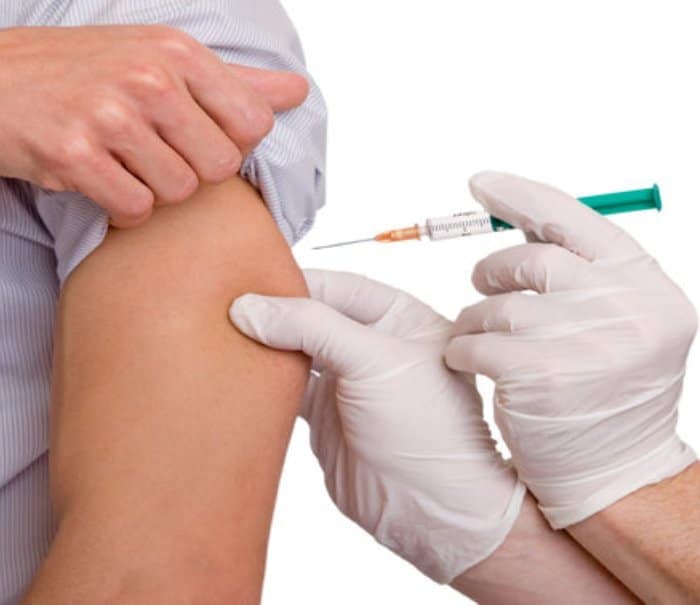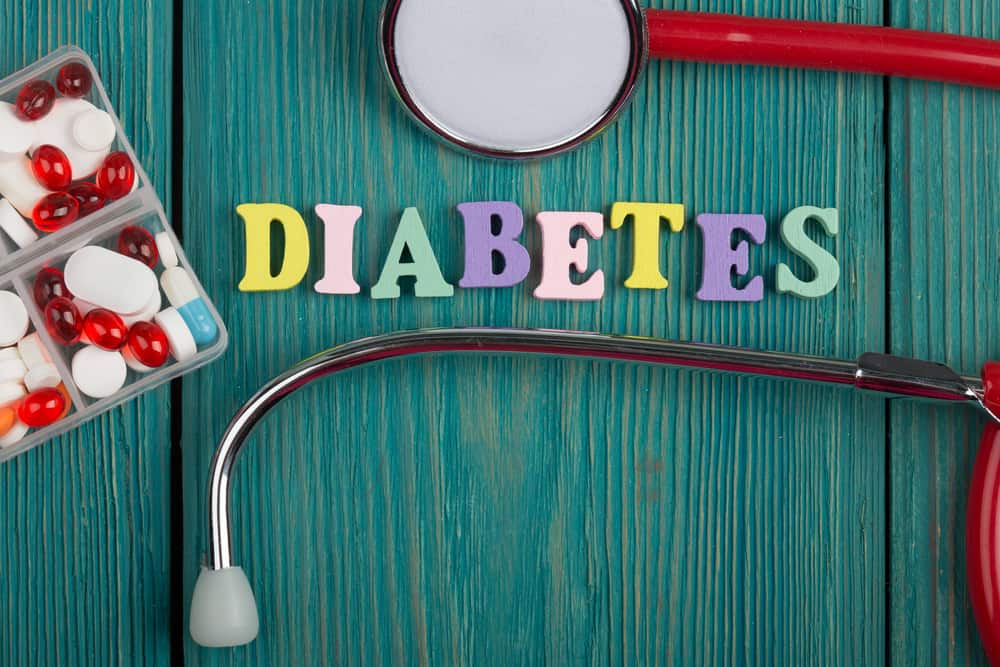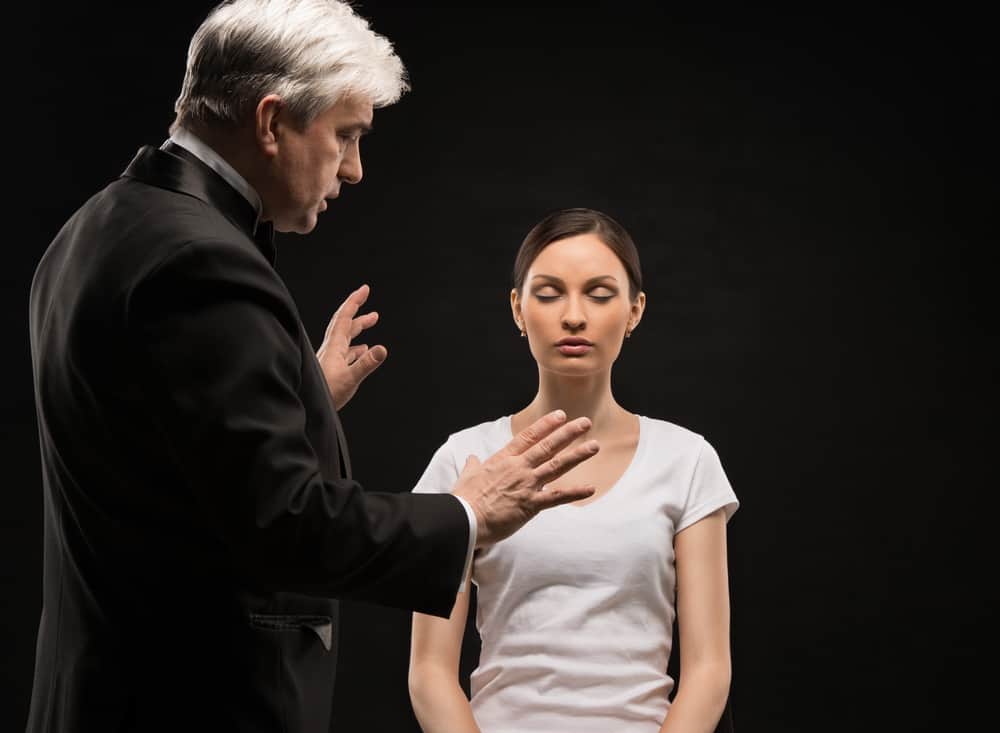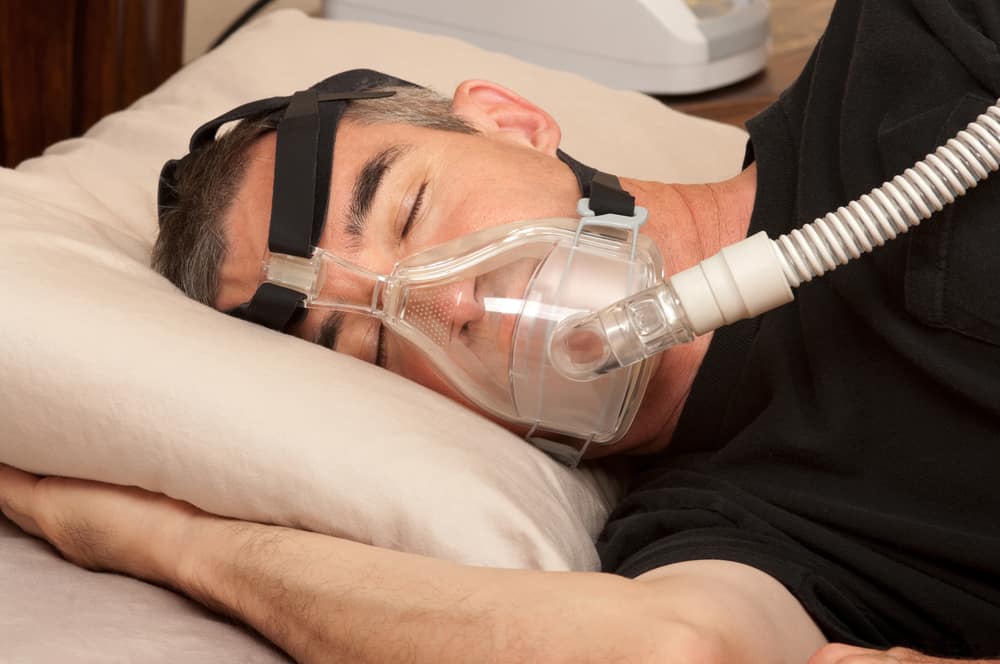Contents:
- Medical Video: Medical Animation: HIV and AIDS
- Skin problems in people with HIV
- 1. The immune system will be attacked by HIV
- 2. Skin problems caused by infection
Medical Video: Medical Animation: HIV and AIDS
If you have HIV, your immune system will be attacked and have an impact on other organs in the body. Skin is one of them. HIV causes some adverse effects on your appearance. So, do you want to know how HIV affects your skin?
Skin problems in people with HIV
There are 3 main causes of skin problems in people with HIV:
- The immune system will be attacked by HIV
- Skin problems caused by infection
- Side effects of drugs
Some HIV-related conditions or side effects of treatment can be very serious and require immediate medical attention. One obvious sign of HIV / AIDS can be seen on the skin. A weakened immune system makes you more vulnerable to viruses such as herpes. Herpes can cause sores around the mouth or genitals.
1. The immune system will be attacked by HIV
In the first stage of HIV, patients can experience flu-like symptoms called seroconversion disease. This disease can include a rash that is not itchy, red and lasts for 2-3 weeks. During an infection, the immune system becomes disturbed and can cause red and itchy skin. Skin problems can also occur if the immune system starts to improve from HIV treatment (especially acne and folliculitis) and appears to be a good sign of the return of immune capacity.
2. Skin problems caused by infection
Generally, there are 3 main groups of infections: bacterial, fungal or viral infections. Eczema (dry or irritated skin) has many causes and can be treated with antihistamines. To relieve dry skin conditions, avoid taking long baths and using soap, shower gel and other irritant potential. Use aqueous cream (E45) or moisturizer.
Dermatitis (inflammation of the skin) is characterized by areas of red skin and flaking rashes. This condition can be caused by a fungal infection or eczema. Seborrheic dermatitis (inflammation of the oil glands in the skin) often occurs in hairy parts of the body that look like yellowish dandruff. This condition is common in symptomatic HIV. Dermatitis can be treated with steroid ointments, creams or antifungal tablets. Some scalp problems can be overcome with anti-dandruff or anti-fungal shampoo.
Tinea is a fungal infection that causes red skin to peel and a white and damp area. This condition is treated with antifungal creams. Tea-tree oil that is dissolved is effective to alleviate this condition. Keep skin dry and avoid irritants, such as deodorants. Folliculitis (a small lump or pustul in the hair follicles) is a skin infection, usually caused by fungi, which can be treated with antifungals. Impetigo is a bacterial skin condition characterized by yellow, crusty and red sores. Skin follicles can also be infected, causing ulcers or abscesses, which can be treated with antibiotics.
Small and pearl-like acne can be caused by a viral infection such as smallpox virus, Molluscum contagiosum, or with a fungal infection such as cryptococcosis. Molluscum can spread very quickly and requires treatment at an HIV clinic.
The more information you know about your illness, the more you can control it. Don't forget to take notes in the journal, which contains everything about the treatment process, and note the symptoms if you suspect you have a problem with the skin.
Hello Health Group does not provide medical advice, diagnosis or treatment.

